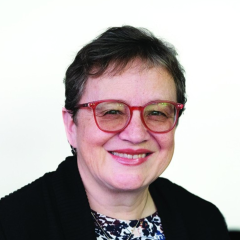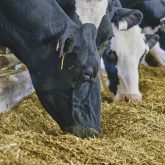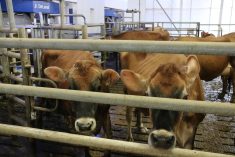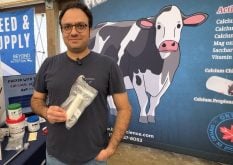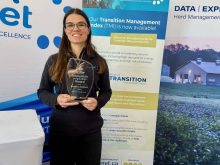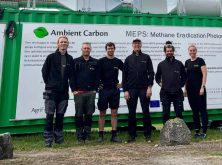A change in generations mean the building of a new barn, robotic milking and new way of working at Ferme Desnette.
On Oct. 20, 1200 people attended the open house at the farm in Warwick, Que.
Owners Marianne Desrochers, Mikael Dumas, Carl Desrochers, and Sandra Verville met with visitors and showed off their new barn, where all 173 animals on the farm are housed.
Read Also
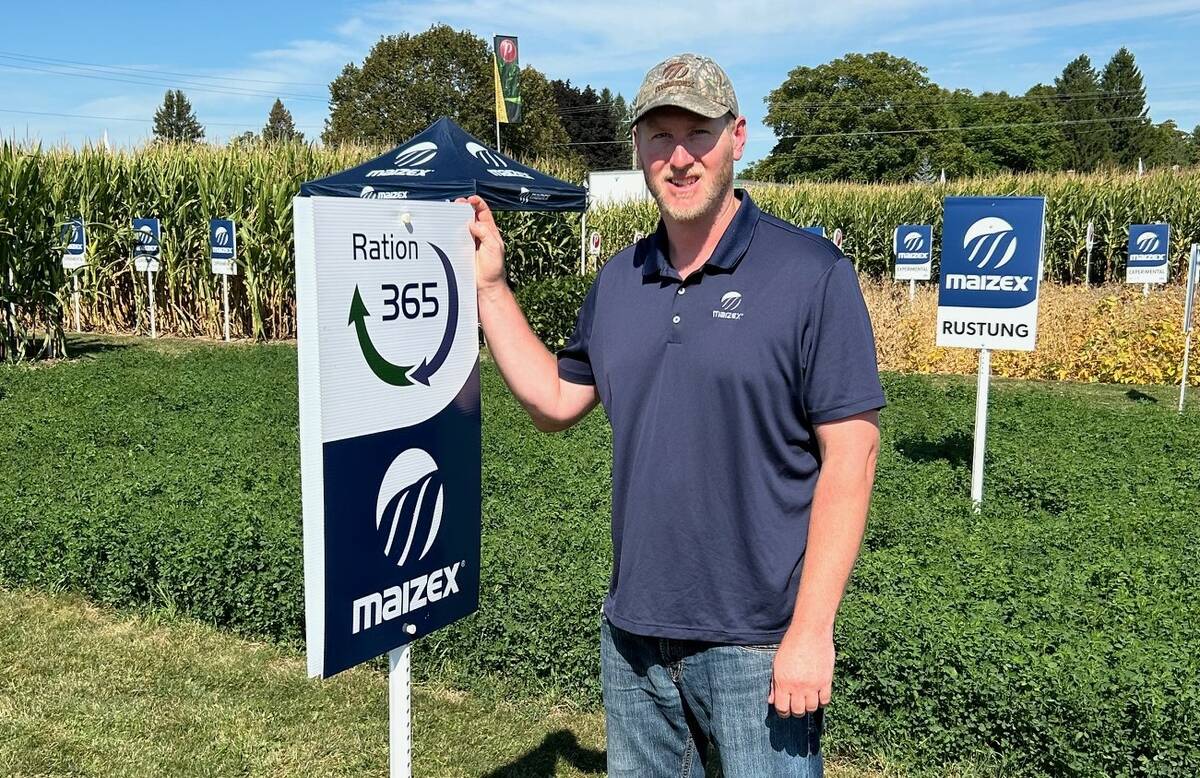
Maizex brings Elite forage seeds under its brand umbrella
The seed catalogue for Maizex Seeds takes on a different look for its 2026 edition thanks to the introduction of a new marketing initiative dubbed “Ration 365.”
The arrival home of Marianne and Mikael, who met at the Institut de Technologie Agroalimentaire in Quebec, motivated this significant transformation. The old barn was demolished, the manure pit was relocated, and two bunks were built for corn silage.
Robotics were a dream of Carl’s, but he didn’t want to invest if the farm’s future wasn’t secure. Marianne explains that the choice of milking robots was made to reduce labour dependence, and GEA robots were selected based on the speed of attachment.
“Everything is done right on the milking sleeve, and we liked it to be quarter by quarter,” she said. If the somatic cell count is high in one quarter, only the milk from that quarter is discarded.
“We went to see several options, and what we liked was ‘quarter by quarter,'” says Carl. Sand bedding was chosen for the cows’ greater comfort, and it is convenient that the sandpit is a few kilometers from the farm.
The 80 milking cows are housed on sand bedding with flexible stalls and head rails at the feed bunk. The cows are milked by two GEA brand robots with priority access to milking.
“The producers told us, ‘We want to promote the animals’ well-being and minimize the number of cows pushed,'” says Jean-Daniel Lavertu of the Equipment M.B.L. dealership, which sold this system, installed for the first time in Canada, at Ferme Desnette. Only cows due for milking will go to the robot based on the time between milkings or the expected milk volume. This optimizes the robot’s operation.
After leaving the robot, the cows will be directed along five different paths. The lactating cows can be directed to the hospital, where cows in need of special care are located. These cows in the hospital section can to be milked and then return to the hospital.
Cows in heat are directed to a section of their own, set up for breeding. This is a new feature. Once bred, the cow is released back to the lactating cow group.
Once a week, the cows are directed to the footbath. The producer only needs to press a button, and everything is done automatically; the bath is rinsed, then filled with water and disinfectant. The robot management software schedules one footbath per cow per week. After milking, the cows have access to a feeding and watering area because the first thing a cow wants to do after milking is drink and eat. “It keeps them calm for 20 to 25 minutes while the teat end closes,” explains Jean-Daniel Lavertu.
The barn with 136 stalls houses a herd of 93 cows that produce in total 115 kg of fat per day, 3168.9 kg of milk per day, 40.1 kg of milk per cow per day, and 12,067 kg of milk per cow per year.



